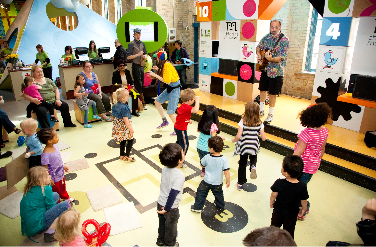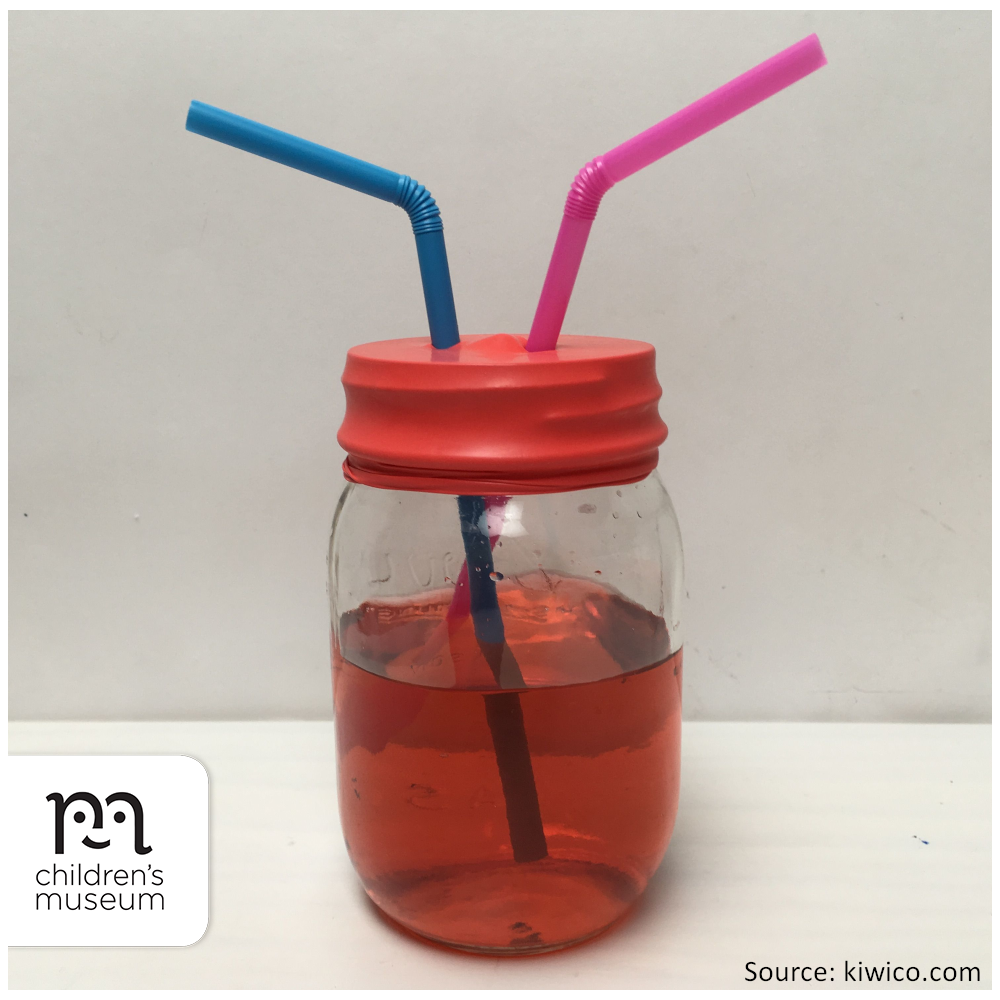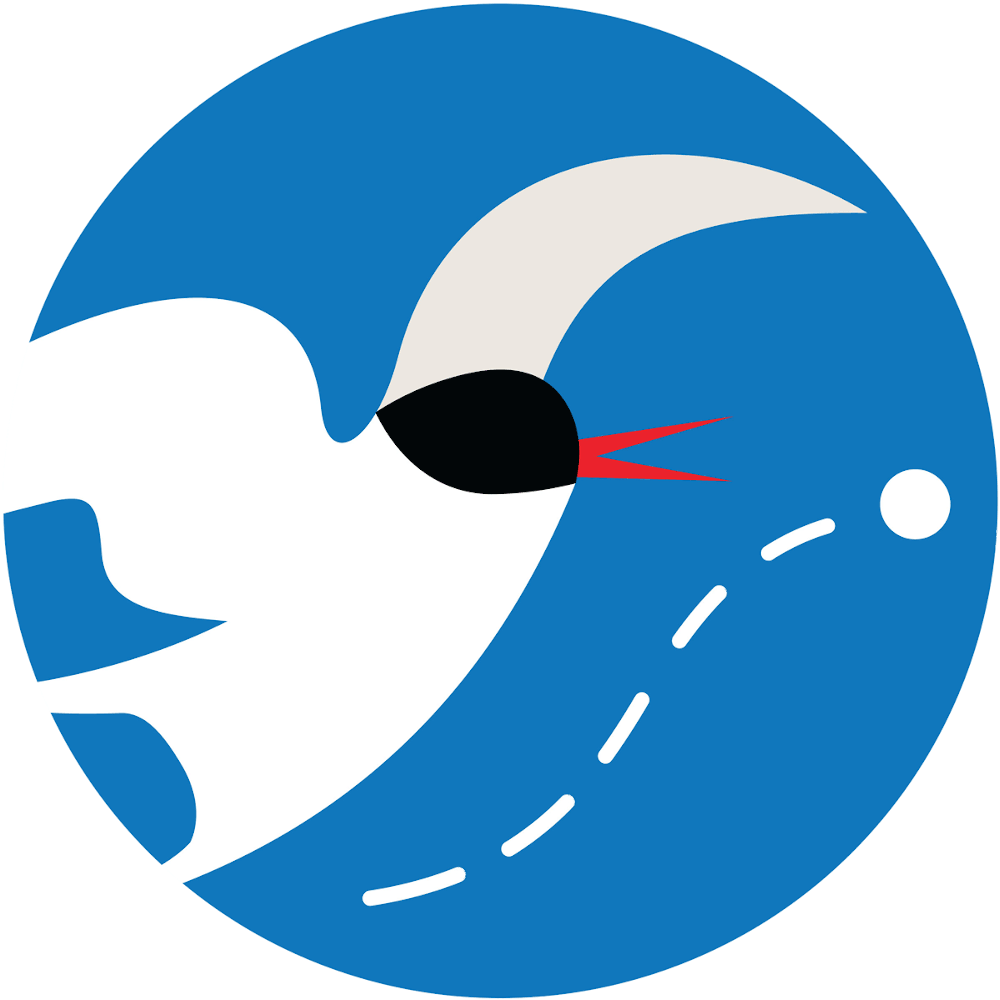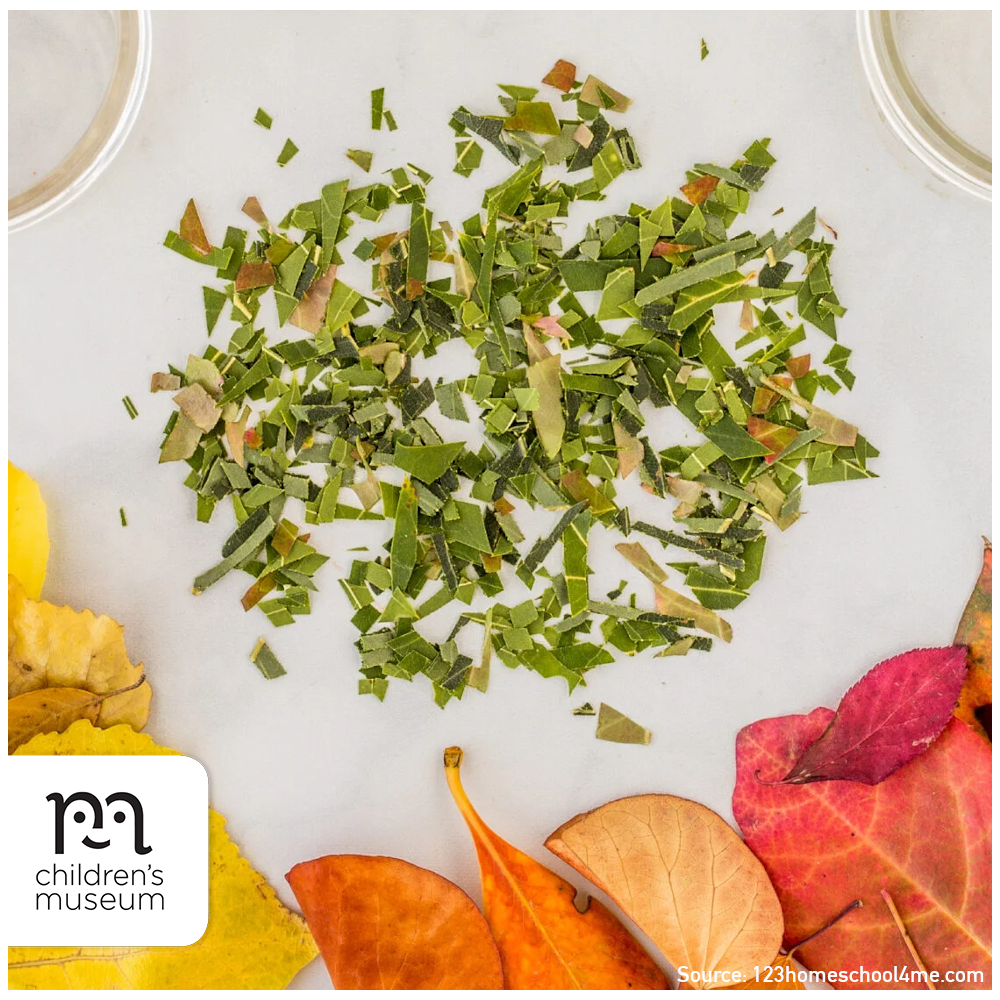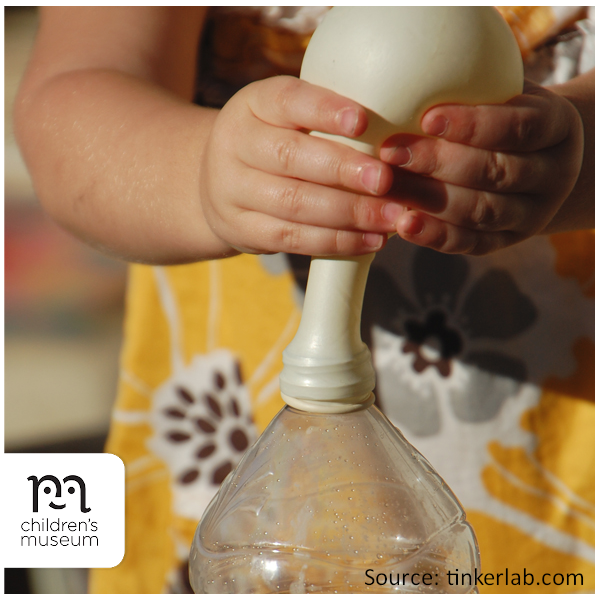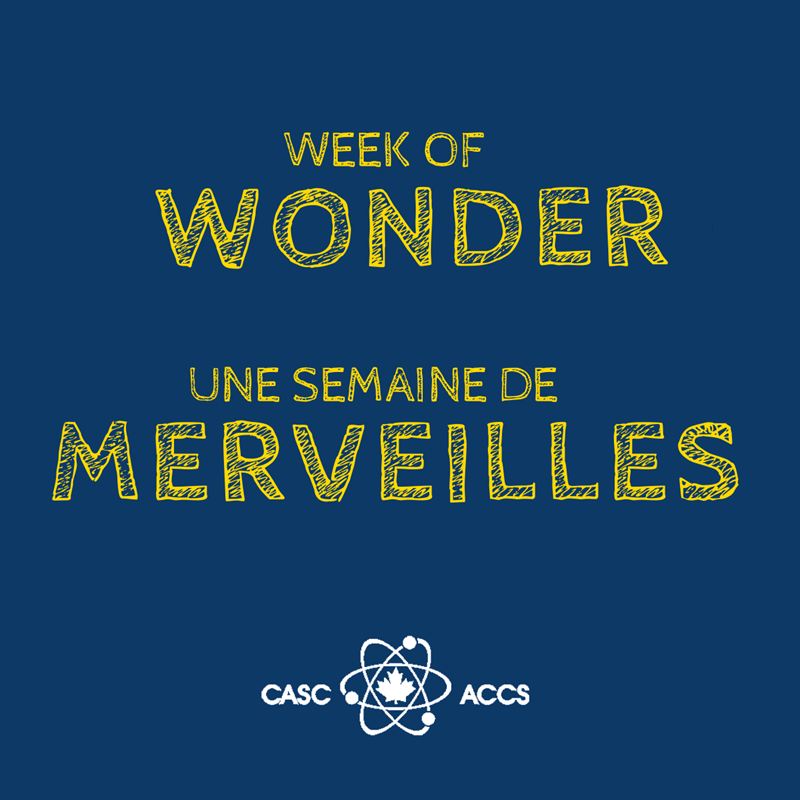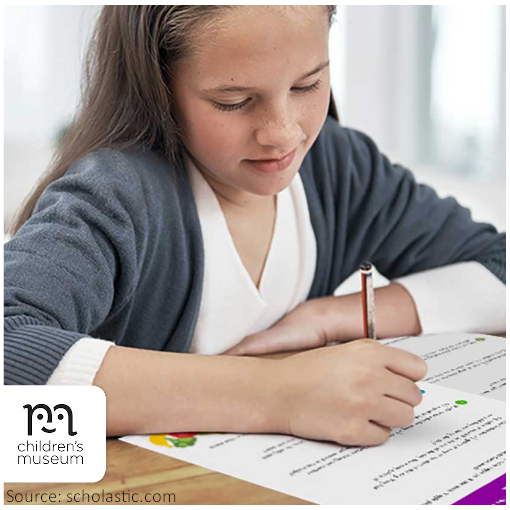ALL ABOARD: WE’RE GATHERING STEAM

Source: littlebinsforlittlehands.com
Turn a leftover piece of styrofoam into a geoboard-inspired work of art with your kids. A few simple supplies and you can explore math and art with a bit of engineering as you make a beautiful flower or two.
Materials
- Thick styrofoam, preferably reused – you could trying using electronics packaging if you have some!
- White trim screws (one inch long or longer would be fine, depending on the thickness of the styrofoam)
- Loom bands in a variety of colours
- Pencil to trace your design on the styrofoam
Directions
- Sketch a flower design on the styrofoam first if you want. If you don’t sketch a design directly on the foam, you’ll be able to reuse your foam blocks to create a variety of different geographic shapes!
- Gently poke your trim screws or nails into the corners of your design.
- Now it’s time to get creative with your rainbow loom bands. Make different shapes to design the flowers and then add shapes within the shapes if you like.
- Check out pictures of flowers online for inspiration! Think about how you can turn a picture of a real flower into multiple shapes.
- Take out the trim screws, pull off the loom bands, and make another design!
Spark Creative Learning!
A geoboard is a tool for exploring a variety of mathematical topics introduced in the elementary and middle grades. Learners stretch bands around the pegs to form line segments and polygons and make discoveries about perimeter, area, angles, congruence, fractions, and more. Check out this cool online geoboard simulator in addition to making your own!

